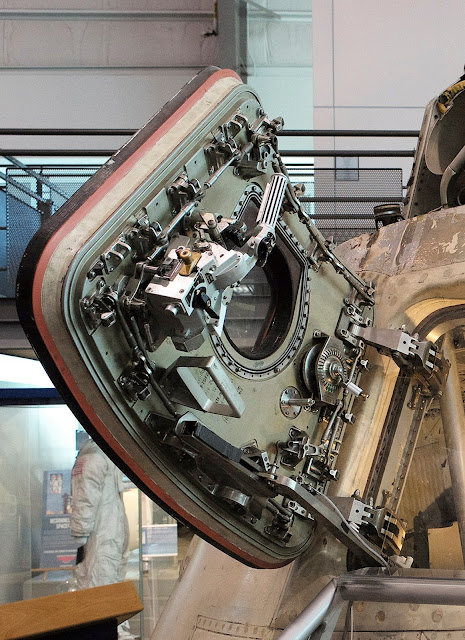By Heinz Richter
An often-mentioned regret of Leica M camera users is the fact that no zoom lenses are available. The reasons, of course, are the limitations of the rangefinder and the viewing frames.
Two attempts to overcome this shortcoming have been available, the 16-18-21 and the 28-35-50 Tri Elmar lenses. They offer the availability of three focal lengths in one single lens, all rangefinder coupled and they automatically change to the correct viewfinder frames when changing focal lengths. These lenses are of a very high performance, but to me the relatively short range of focal lengths have always been quite restrictive.
However, with some post production work, I have been able to limit the zoom lens shortcoming to quite an extend.
Of course, all of the Leica M cameras do have interchangeable lenses. But in many situations changing lenses is too cumbersome and too time consuming. In the past I have used a 50mm Summicron as my standard lens. This worked quite well. You just have to be able to accept shooting with just one focal length.
But quite often I have run into situations where 50mm just is not wide enough, especially when I was shooting with a Leica M8. Because of the crop factor of the camera sensor, the 50mm was just too long and I began to use a 28mm Elmarit most of the time as my standard lens.
After I switched to my current Leica M240, I began to wonder if I should not add a 35mm and use it as my standard lens instead of the 50mm. It would have given me a wider view and thus would have been more versatile.
But I did have the 28mm and I began to use it more and more as my standard lens. The extra depth of filed, coupled with hyperfocal settings made this a very fast and convenient to use lens.
But what about times when 28mm is just too wide? I have written in the past about my affinity for cropping. Leica lenses in general are such good performing lenses that cropping generally does not present a problem. My 28 mm Elmarit is no different in this respect. Cropping of 100% and even 200% is quite acceptable in most cases. That has enabled me to overcome the lack of a zoom lens to quite an extend and I rarely miss any shots for not having the right lens on my camera.
Yes, this requires extra post processing work. But since I rarely use any images straight from the camera, this is of no consequence for me at all.
Of course, an alternative would be to use a Leica R zoom lens in conjunction with the electronic Visoflex, but that is an issue for another article.































My Leica d-lux 7 has a Vario-Summilux with a 24-75mm zoom. You didn't mention it. Doesn't this count as a Leica zoom?
ReplyDeleteOf course it is a Leica zoom, but not for the Leica M cameras. My article was specifically about the line of Leica M cameras.
DeleteOne of the advantages of the Q2 is its resolution and frame lines for 35mm and 50mm.
ReplyDeleteThat depends on what camera you compare it to. With the frame selector on the Leica M10 cameras you have a much greater variety of frame
Delete